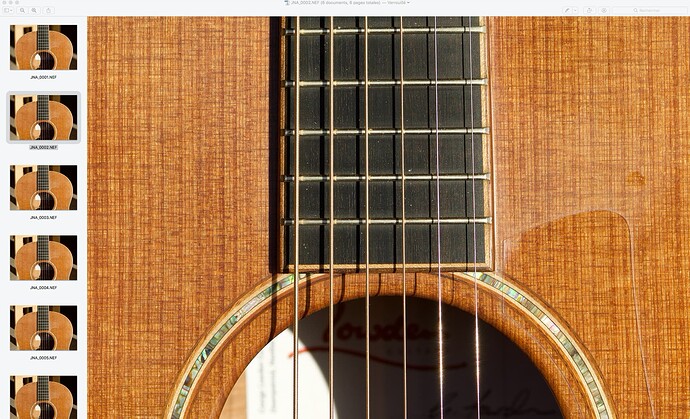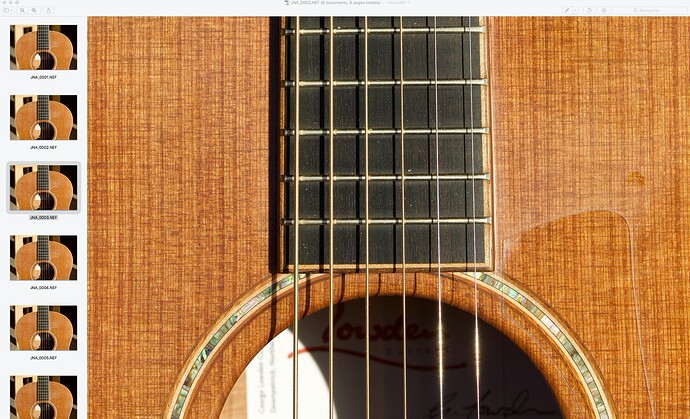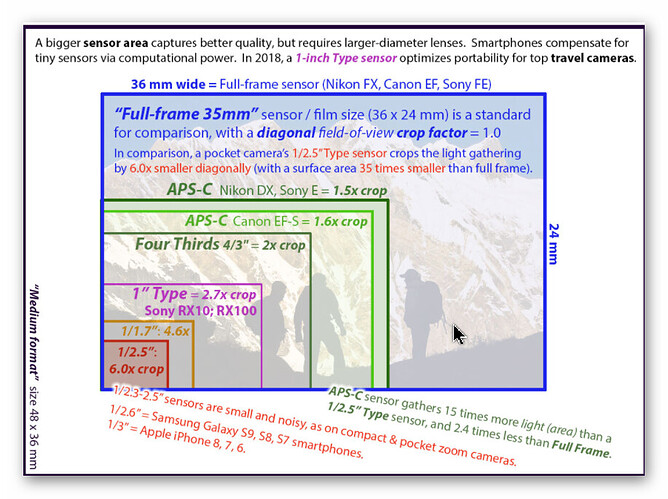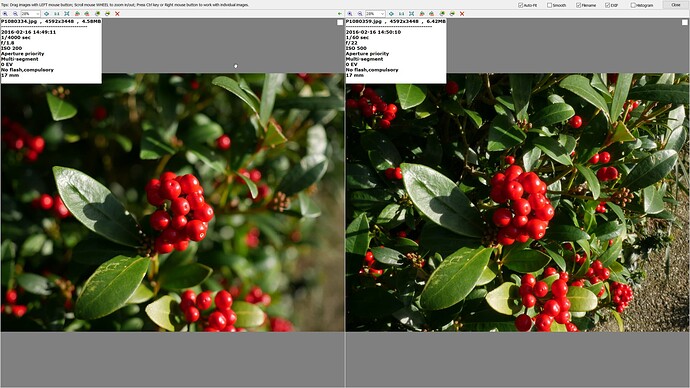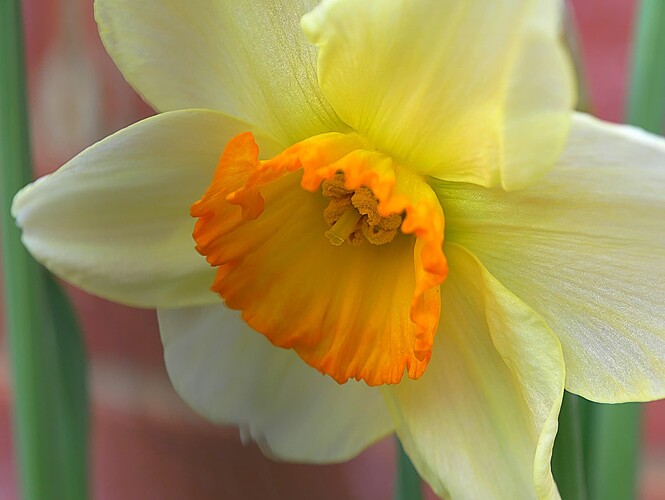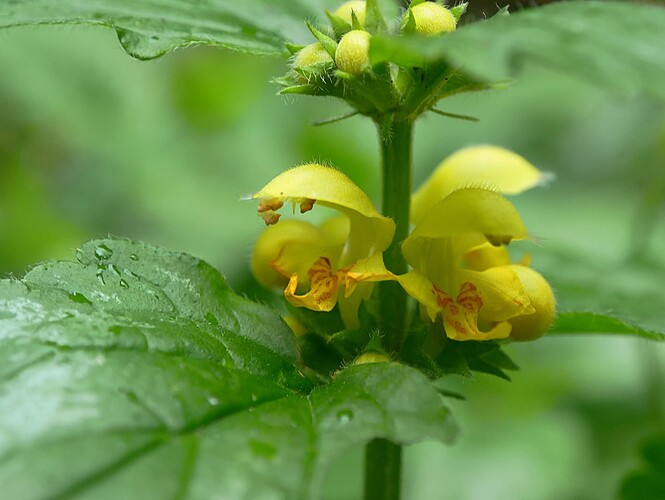@mikemyers I could not process the image in DxOPL so I “attacked” it in SageLight (it would have been way better in PL5) and cropped in FastStone and wound up with an image similar to that of @Wolfgang. I have chopped off the top of the crane and would probably have tried to remove some of the remnant but …
I like the overall picture and when cropped the boats appear to be “travelling” in an arc, albeit “Margaritaville” is at anchor I believe. Plus we have the rule of 3, 3 liners (O.K. 1 and 2 bits) and three smaller boats (excluding the painter).
To me the real value is in the original photo because it captured a moment in time when you might have been in the wrong place at the wrong time (I don’ actually believe that) but that was where you were when you took the picture!
I am mostly a “philistine” and I “hate” shallow depth of field and Bokeh!! I favour smaller sensor cameras for a number of reasons but the biggest reason is the greater depth of field, I mostly take pictures of gardens and the plants in them and want the whole of the head of a plant in focus not just the tip of one petal!!
With respect to the fault I was being mildly sarcastic and will try the second picture later. The fault occurs as PL5 is trying to render the image for display I believe and the “crash” was a message about an Internal Error where the rendered picture should have been, the program didn’t hang but could not be persuaded to go any further with the picture even when the DOP was removed?
Here is my image,
I wonder if there should have been a bit more water to the right but…
Having said I hate shallow DOF, this picture actually works I believe, taken with a 12-200 lens (24 - 400) on an Olympus EM1 Mkii @ full zoom (so as not to spook the flower)! Not as dramatic as your skyline but just in my front garden!
EDIT:- The second photo also caused an “Internal Error ()”, to be honest I feel that it would have been more useful to have a value between one ( and the other ) to identify the error but to the developers the chances are that an error at the point this occurred is probably fairly easy to locate!

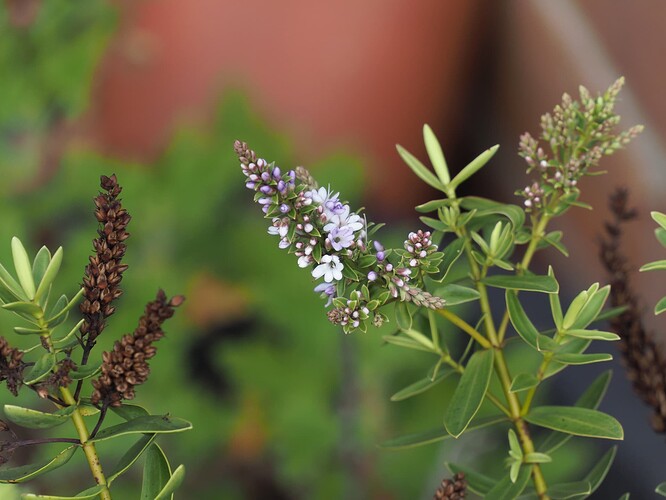
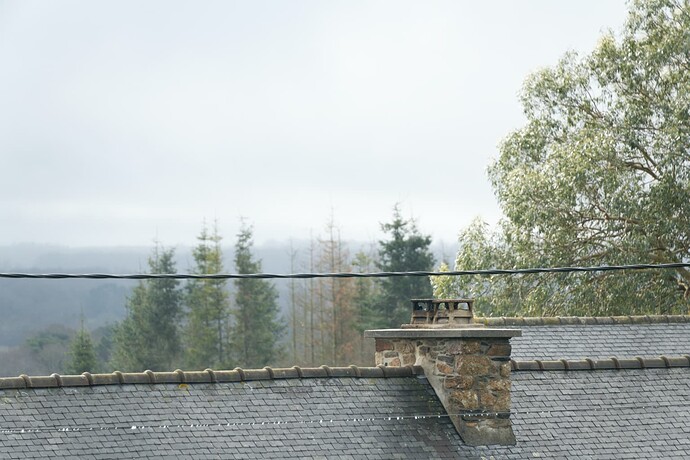

 together with a DOP file to other photogs?
together with a DOP file to other photogs?  Alright, now I know one
Alright, now I know one  About the photo I think Joanna summarized pretty well the other “problems” or issues of it. Postponing the composition work to the post process usually leads to a bit (or two bits) frustration like “why couldn’t I see it when I had the camera pointed at it?” Simple answer: because I didn’t take the time I took looking at it lateron. You picture could have been done with any smartphone and some would add a bit fake bokeh.
About the photo I think Joanna summarized pretty well the other “problems” or issues of it. Postponing the composition work to the post process usually leads to a bit (or two bits) frustration like “why couldn’t I see it when I had the camera pointed at it?” Simple answer: because I didn’t take the time I took looking at it lateron. You picture could have been done with any smartphone and some would add a bit fake bokeh.
